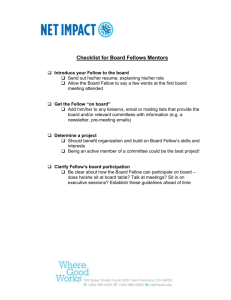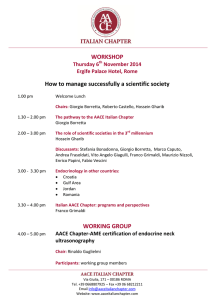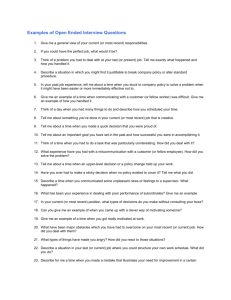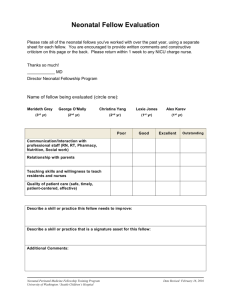Texas Tech University PRESIDENTS’ DISTINGUISHED LECTURE SERIES
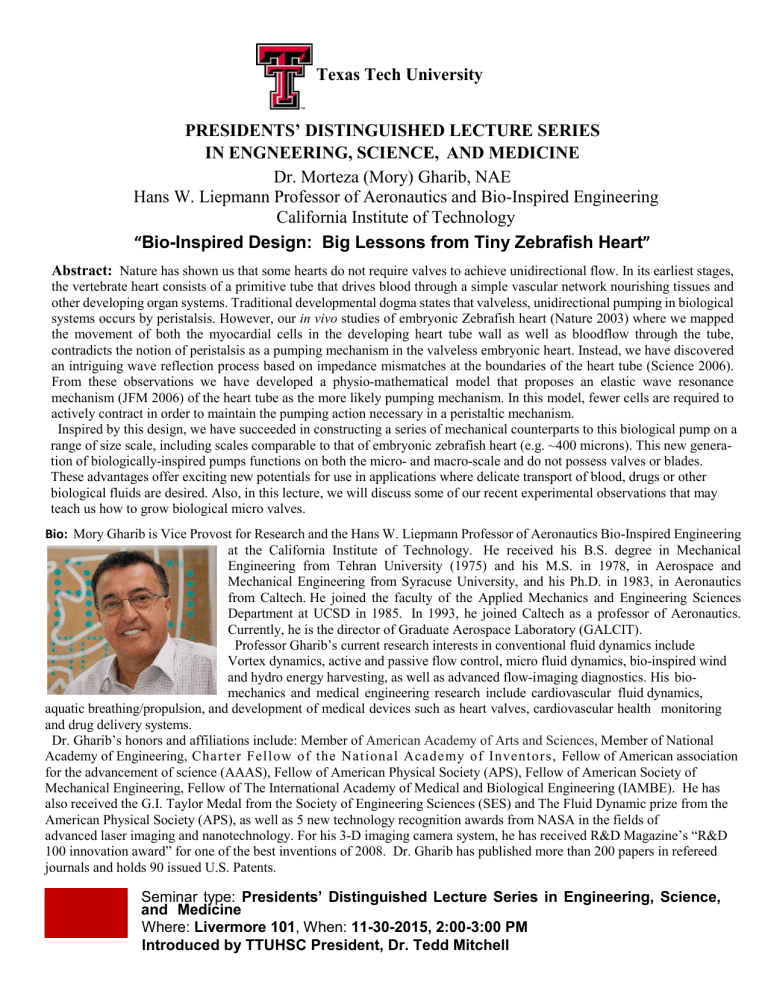
Texas Tech University
PRESIDENTS’ DISTINGUISHED LECTURE SERIES
IN ENGNEERING, SCIENCE, AND MEDICINE
Dr. Morteza (Mory) Gharib, NAE
Hans W. Liepmann Professor of Aeronautics and Bio-Inspired Engineering
California Institute of Technology
“
Bio-Inspired Design: Big Lessons from Tiny Zebrafish Heart
”
Abstract: Nature has shown us that some hearts do not require valves to achieve unidirectional flow. In its earliest stages, the vertebrate heart consists of a primitive tube that drives blood through a simple vascular network nourishing tissues and other developing organ systems. Traditional developmental dogma states that valveless, unidirectional pumping in biological systems occurs by peristalsis. However, our in vivo studies of embryonic Zebrafish heart (Nature 2003) where we mapped the movement of both the myocardial cells in the developing heart tube wall as well as bloodflow through the tube, contradicts the notion of peristalsis as a pumping mechanism in the valveless embryonic heart. Instead, we have discovered an intriguing wave reflection process based on impedance mismatches at the boundaries of the heart tube (Science 2006).
From these observations we have developed a physio-mathematical model that proposes an elastic wave resonance mechanism (JFM 2006) of the heart tube as the more likely pumping mechanism. In this model, fewer cells are required to actively contract in order to maintain the pumping action necessary in a peristaltic mechanism.
Inspired by this design, we have succeeded in constructing a series of mechanical counterparts to this biological pump on a range of size scale, including scales comparable to that of embryonic zebrafish heart (e.g. ~400 microns). This new generation of biologically-inspired pumps functions on both the micro- and macro-scale and do not possess valves or blades.
These advantages offer exciting new potentials for use in applications where delicate transport of blood, drugs or other biological fluids are desired. Also, in this lecture, we will discuss some of our recent experimental observations that may teach us how to grow biological micro valves.
Bio:
Mory Gharib is Vice Provost for Research and the Hans W. Liepmann Professor of Aeronautics Bio-Inspired Engineering at the California Institute of Technology. He received his B.S. degree in Mechanical
Engineering from Tehran University (1975) and his M.S. in 1978, in Aerospace and
Mechanical Engineering from Syracuse University, and his Ph.D. in 1983, in Aeronautics from Caltech. He joined the faculty of the Applied Mechanics and Engineering Sciences
Department at UCSD in 1985. In 1993, he joined Caltech as a professor of Aeronautics.
Currently, he is the director of Graduate Aerospace Laboratory (GALCIT).
Professor Gharib’s current research interests in conventional fluid dynamics include
Vortex dynamics, active and passive flow control, micro fluid dynamics, bio-inspired wind and hydro energy harvesting, as well as advanced flow-imaging diagnostics. His biomechanics and medical engineering research include cardiovascular fluid dynamics, aquatic breathing/propulsion, and development of medical devices such as heart valves, cardiovascular health monitoring and drug delivery systems.
Dr. Gharib’s honors and affiliations include: Member of American Academy of Arts and Sciences, Member of National
Academy of Engineering , Char t er Fel l ow of t he Nat i onal Acade my of I nve nt or s, Fellow of American association for the advancement of science (AAAS), Fellow of American Physical Society (APS), Fellow of American Society of
Mechanical Engineering, Fellow of The International Academy of Medical and Biological Engineering (IAMBE). He has also received the G.I. Taylor Medal from the Society of Engineering Sciences (SES) and The Fluid Dynamic prize from the
American Physical Society (APS), as well as 5 new technology recognition awards from NASA in the fields of advanced laser imaging and nanotechnology. For his 3-D imaging camera system, he has received R&D Magazine’s “R&D
100 innovation award” for one of the best inventions of 2008. Dr. Gharib has published more than 200 papers in refereed journals and holds 90 issued U.S. Patents.
Seminar type: Presidents’ Distinguished Lecture Series in Engineering, Science, and Medicine
Where: Livermore 101 , When: 11-30-2015, 2:00-3:00 PM
Introduced by TTUHSC President, Dr. Tedd Mitchell

